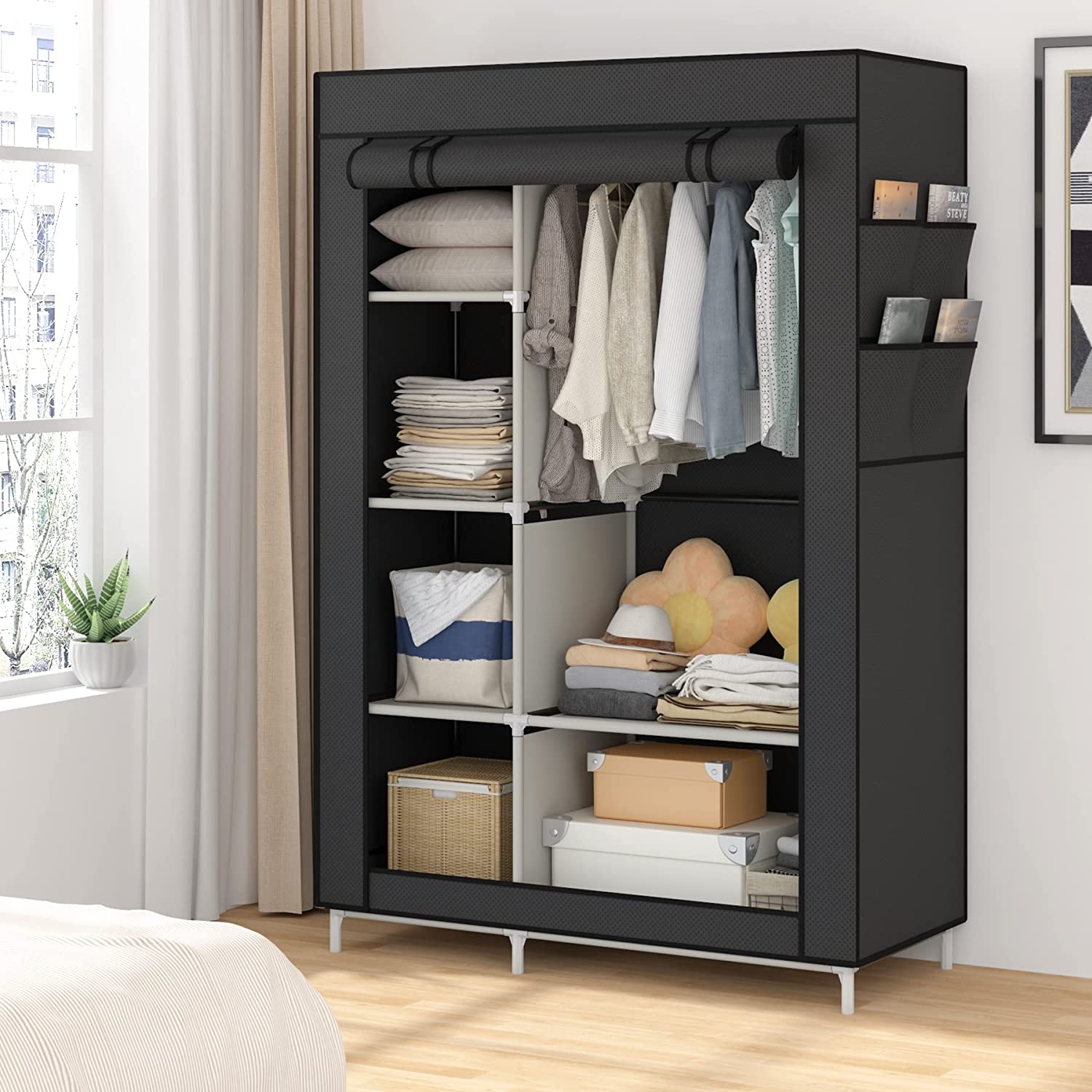

Articles
How To Declutter Closet
Modified: January 19, 2024
Looking for storage ideas to declutter your closet? Discover effective solutions and smart organization tips to maximize your space and keep everything tidy.
(Many of the links in this article redirect to a specific reviewed product. Your purchase of these products through affiliate links helps to generate commission for Storables.com, at no extra cost. Learn more)
Introduction
Welcome to the ultimate guide on decluttering your closet! A cluttered and disorganized closet can be a source of frustration and stress. Trying to find the perfect outfit or locating a specific item can feel like an impossible task. But fear not! With the right approach and some helpful tips, you can transform your cluttered chaos into a beautifully organized space.
In this guide, we will take you through a step-by-step process to declutter your closet and create an organized oasis. We will discuss assessing the current state of your closet, sorting and categorizing your items, purging unwanted clothes, organizing the remaining items, utilizing storage solutions, and maintaining your decluttered closet.
Decluttering your closet not only improves its functionality but also gives you a sense of peace and clarity. With a clean and organized space, you will have a better understanding of what you own, making it easier to put together outfits and embrace your personal style. So, let’s dive in and reclaim your closet!
Key Takeaways:
- Transform your cluttered chaos into an organized oasis by assessing, sorting, purging, and organizing your closet. Curate a wardrobe that reflects your style and brings peace and clarity to your daily routine.
- Maximize your closet space with clever storage solutions and establish habits to maintain a clutter-free space. Enjoy the benefits of a well-organized closet and make confident, stylish fashion choices effortlessly.
Read more: How To Declutter Clothes Closet
Assessing the Closet
Before diving into the decluttering process, it’s important to assess the current state of your closet. Take a good look at the space and evaluate its size, layout, and storage options. Understanding the limitations and possibilities of your closet will help you develop a plan for organizing it effectively.
Start by emptying your closet completely. Remove all items, including clothes, accessories, shoes, and any other miscellaneous items. This will give you a blank canvas to work with and allow you to see the full extent of what you have.
As you assess your closet, ask yourself the following questions:
- Is the closet large enough to accommodate all my belongings?
- Are there any specific storage challenges, such as limited hanging space or lack of shelves?
- Are there any items in the closet that don’t belong there and can be relocated to a different storage area?
- Is the lighting sufficient? Can I easily see and access my items?
Take note of any issues or areas for improvement. This will guide you in the next steps of decluttering and organizing your closet.
Next, consider your lifestyle and wardrobe needs. Are there any specific categories of clothing that are essential to your everyday life, work, or hobbies? Think about whether you need space for formal attire, workout clothes, or seasonal items. Understanding your wardrobe requirements will help you prioritize and allocate space accordingly.
Finally, evaluate the condition and relevance of your clothing. Take a close look at each item and ask yourself:
- Is it in good condition, or is it worn out or damaged?
- Do I still wear it and feel confident in it?
- Does it fit me properly and flatter my figure?
- Is it still in line with my style and current fashion trends?
Be honest with yourself and let go of anything that no longer serves its purpose. This will help you create space for the items you truly love and use regularly. Remember, decluttering is not just about getting rid of things; it’s about curating a wardrobe that reflects your personal style and makes you feel great.
Sorting and Categorizing
Now that you’ve assessed your closet and taken stock of your wardrobe, it’s time to sort and categorize your items. This step is crucial in creating an organized and functional closet.
Start by grouping similar items together. Separate your clothes by category, such as tops, bottoms, dresses, jackets, and so on. This will make it easier to see what you have and help you identify any duplicates or items that may be missing.
Within each category, further sort your items by color or season. Arrange your clothes in a way that is visually appealing and allows you to easily find what you need. Consider using slimline hangers to maximize space and keep your clothes wrinkle-free.
As you sort through your items, be mindful of what you truly need and use. Donate or sell any clothing that no longer fits, suits your style, or brings you joy. Holding onto items that no longer serve a purpose only adds to the clutter and takes up valuable space in your closet.
When it comes to accessories, utilize small storage containers or drawer dividers to keep things tidy. Sort your jewelry, scarves, belts, and other accessories into separate compartments. This will prevent tangling and make it easier to locate the perfect finishing touches for your outfits.
Don’t forget about shoes! Arrange them neatly on a shoe rack or in clear shoeboxes. This will not only keep them organized but also protect them from scuffs and damage. If space allows, consider investing in a hanging shoe organizer for additional storage options.
Remember to streamline your collection by evaluating each item’s usefulness and condition. Let go of shoes that are uncomfortable or worn out, as well as accessories that you no longer wear. Keeping only the items you love and use will make getting dressed a breeze.
Once everything is sorted and categorized, step back and admire your work. You’ll be amazed at how much easier it is to find what you need when everything has its designated place.
Now that you’ve completed the sorting and categorizing phase, it’s time to move on to the next step: purging unwanted items. Stay tuned for the next section of our ultimate guide on decluttering your closet.
Purging Unwanted Items
Now that you’ve sorted and categorized your items, it’s time to tackle the purging phase. This step involves letting go of any unwanted or unnecessary items from your closet. Purging allows you to create more space and make room for the items you truly love and use regularly.
When deciding what to purge, ask yourself the following questions:
- Have I worn this item in the past year?
- Does it still fit me properly?
- Does it make me feel confident and comfortable?
- Is it in good condition, or is it worn out or damaged beyond repair?
- Does it align with my current style and fashion preferences?
Be honest with yourself and let go of any items that no longer serve a purpose or bring you joy. If you’re unsure about a particular item, consider placing it in a separate “maybe” pile and revisit it after completing the purging process.
When it comes to sentimental items, evaluate their importance and sentimental value. It’s okay to keep a few sentimental pieces, but avoid holding onto every item with emotional significance. Instead, consider taking photographs of these items and creating a digital memory album.
For items that are still in good condition but no longer hold value to you, consider donating or selling them. Donating allows you to give back to the community, while selling can help you recoup some of the costs and declutter your closet at the same time.
Remember, the goal is to create a curated collection of clothing and accessories that you truly love and will wear regularly. Letting go of items that no longer serve you is liberating and can make getting dressed a more enjoyable experience.
Once you’ve completed the purging process, take a moment to appreciate the progress you’ve made. Your closet will now be filled with items that reflect your personal style and make you feel great when you wear them.
With the purging phase complete, it’s time to move on to the next step: organizing the remaining items. Stay tuned for the next section of our ultimate guide on decluttering your closet.
When decluttering your closet, start by taking everything out and sorting items into keep, donate, and discard piles. Then, only put back the items you truly love and wear regularly. This will help you create a more organized and functional closet space.
Organizing the Remaining Items
Now that you’ve purged unwanted items from your closet, it’s time to focus on organizing the remaining items. Proper organization will make it easier for you to find what you need and maintain a clutter-free space.
Start by considering your daily routine and the frequency of use for each category of clothing. Place the items you wear most often in the most accessible areas of your closet. This will save you time and effort when getting ready in the morning.
Utilize different storage solutions to optimize your closet space. Here are some ideas:
- Hanging rods: Use hanging rods to hang your clothes. Separate them by category or color for ease of visibility.
- Shelves and cubbies: Utilize shelves and cubbies to store folded clothing items, such as sweaters, jeans, and loungewear. Use dividers or baskets to keep things neat and organized.
- Drawer organizers: Invest in drawer organizers to keep smaller items, such as socks and underwear, tidy and easily accessible.
- Storage bins and baskets: Use storage bins or baskets to store seasonal clothing or other items that are not currently in use. Label them accordingly for easy identification.
Consider using clear storage containers to store items. This allows you to easily see what’s inside without having to open each container.
When arranging your clothes, consider organizing them by type (e.g., shirts, pants, dresses) and within each type, by color or style. This will streamline your closet and make it visually appealing.
Make use of the vertical space in your closet. Hang hooks on the back of the closet door to store scarves, belts, or hats. Use hanging organizers with pockets to store accessories or small items.
Another helpful tip is to invest in slimline hangers. Not only do they save space but they also prevent clothes from slipping off and getting wrinkled.
As you organize, keep in mind the principle of “a place for everything and everything in its place.” Assign a designated spot for each item, and make a habit of returning items to their proper place after use. This will help you maintain an organized closet in the long run.
Finally, take a moment to enjoy the fruits of your labor. Step back and admire your organized closet. It will not only save you time but also create a sense of calm and harmony when you enter your space.
With the remaining items organized, it’s time to explore storage solutions that can further optimize your closet space. Stay tuned for the next section of our ultimate guide on decluttering your closet.
Utilizing Storage Solutions
Maximizing the available space in your closet requires clever storage solutions. The right storage tools and techniques can help you keep your belongings organized and easily accessible. Here are some ideas to help you make the most of your closet space:
1. Over-the-door organizers: Make use of the back of your closet door by installing over-the-door organizers. These can hold shoes, scarves, belts, or other accessories, maximizing space and keeping everything within reach.
2. Hanging shelves or shoe racks: Hang shelves or shoe racks within your closet to create extra storage for folded clothes, handbags, or shoes. This allows you to utilize vertical space and keep items organized.
3. Drawer dividers: Keep your smaller items, such as socks, underwear, or ties, organized by using drawer dividers. They help separate items and prevent them from becoming a jumbled mess.
4. Baskets and bins: Invest in baskets or bins to store loose items or group similar items together. This can be hats, scarves, or even small accessories. Labeling the baskets or bins can make it easier to find what you need quickly.
5. Vacuum seal bags: Save space and protect seasonal clothing by using vacuum seal bags. They compress bulky items, like winter coats or heavy sweaters, and keep them free from dust or moisture.
6. Space-saving hangers: Consider using space-saving hangers, such as cascading hangers or multi-level hangers, to maximize vertical space in your closet. These hangers allow you to hang multiple items on a single hanger, saving valuable space.
7. Specialty organizers: Explore specialty closet organizers like tie racks, belt racks, or scarf hangers. These dedicated organizers keep your accessories neatly arranged and easily accessible.
8. Underbed storage: If you have limited closet space, make use of underbed storage. Opt for low-profile storage containers or bags to keep items like shoes or out-of-season clothing tucked away but easily accessible when needed.
Remember to utilize these storage solutions in a way that best fits your specific closet layout and needs. Play around with different configurations until you find the setup that works best for you.
By incorporating these storage solutions, you can effectively maximize the space in your closet and keep everything in its place. With an organized and clutter-free closet, getting ready in the morning becomes a breeze.
With your closet now well-organized and optimized, it’s time to move on to the final section of our ultimate guide on decluttering your closet: maintaining the decluttered space.
Maintaining a Decluttered Closet
Congratulations on successfully decluttering and organizing your closet! Now that you have invested time and effort into creating a clutter-free space, it’s important to establish habits to maintain the organization. Here are some strategies to help you maintain a decluttered closet:
1. Regularly reassess your items: Commit to periodically reassessing your clothing and accessories. Every few months, set aside time to go through your closet and determine if there are any items you no longer need or use. This will prevent clutter from building up over time.
2. One in, one out rule: Implement a “one in, one out” rule for new items. For every new item you bring into your closet, remove an existing item. This ensures that your closet doesn’t become overcrowded and helps you make thoughtful purchasing decisions.
3. Put things back in their place: Make a habit of returning items to their designated spots after using them. This prevents items from piling up or getting misplaced, maintaining the organization you worked so hard to achieve.
4. Plan your outfits ahead of time: Take a few minutes each evening or at the beginning of the week to plan your outfits. This helps avoid last-minute chaos, as well as keeps your closet neat and organized. Set out the chosen outfits for each day, eliminating the need to dig through your entire wardrobe in the morning.
5. Avoid impulse buys: Before making a new clothing purchase, ask yourself if the item truly aligns with your style and if you have a place for it in your closet. Avoid buying items on a whim that may end up contributing to clutter.
6. Practice good laundry habits: Keep up with your laundry to prevent it from piling up and adding to the clutter. Sort and put away clean clothes promptly, ensuring a tidy and organized closet.
7. Maintain a donation or sell pile: As you come across items that no longer serve you, place them in a designated donation or sell pile. Once the pile reaches a significant size, follow through with donating or selling those items. This keeps the clutter from accumulating and allows others to benefit from what you no longer need.
Remember, maintaining a decluttered closet is an ongoing process. Consistency and regular maintenance are key to enjoying an organized space for the long term. By incorporating these habits into your daily routine, you’ll ensure that your closet remains a tranquil and functional area.
With these maintenance strategies in mind, it’s time to put them into action. Enjoy your beautifully organized closet and the peace of mind that comes with it!
Conclusion
Congratulations on completing the ultimate guide to decluttering your closet! By following the steps outlined in this guide – from assessing your closet to purging unwanted items, organizing the remaining items, utilizing storage solutions, and maintaining the decluttered space – you have transformed your closet into a functional and organized oasis.
Decluttering your closet is not just about creating a tidy space; it’s about curating a wardrobe that reflects your personal style and makes getting dressed a joyous experience. By evaluating each item’s usefulness, condition, and relevance to your lifestyle, you have created a curated collection of clothing and accessories that truly speak to you.
Organizing your closet with proper storage solutions and maintaining good habits will ensure that your newfound organization lasts. Regularly reassessing your items, following the “one in, one out” rule, and practicing good laundry and organization habits will help prevent clutter from building up again in the future.
Remember that decluttering is an ongoing process. As your style evolves and your needs change, periodically reassessing your closet and making adjustments will keep it in line with your current preferences.
With your newly organized and decluttered closet, you will not only save time in your daily routine but also experience a sense of calm and clarity. Being able to easily find and access the items you need will make getting ready in the morning a stress-free task.
So, enjoy your decluttered closet and the benefits it brings to your life. Embrace the peace and ease that comes with knowing that everything has its place. Now, go forth and make confident and stylish fashion choices with your perfectly organized wardrobe!
Frequently Asked Questions about How To Declutter Closet
Was this page helpful?
At Storables.com, we guarantee accurate and reliable information. Our content, validated by Expert Board Contributors, is crafted following stringent Editorial Policies. We're committed to providing you with well-researched, expert-backed insights for all your informational needs.
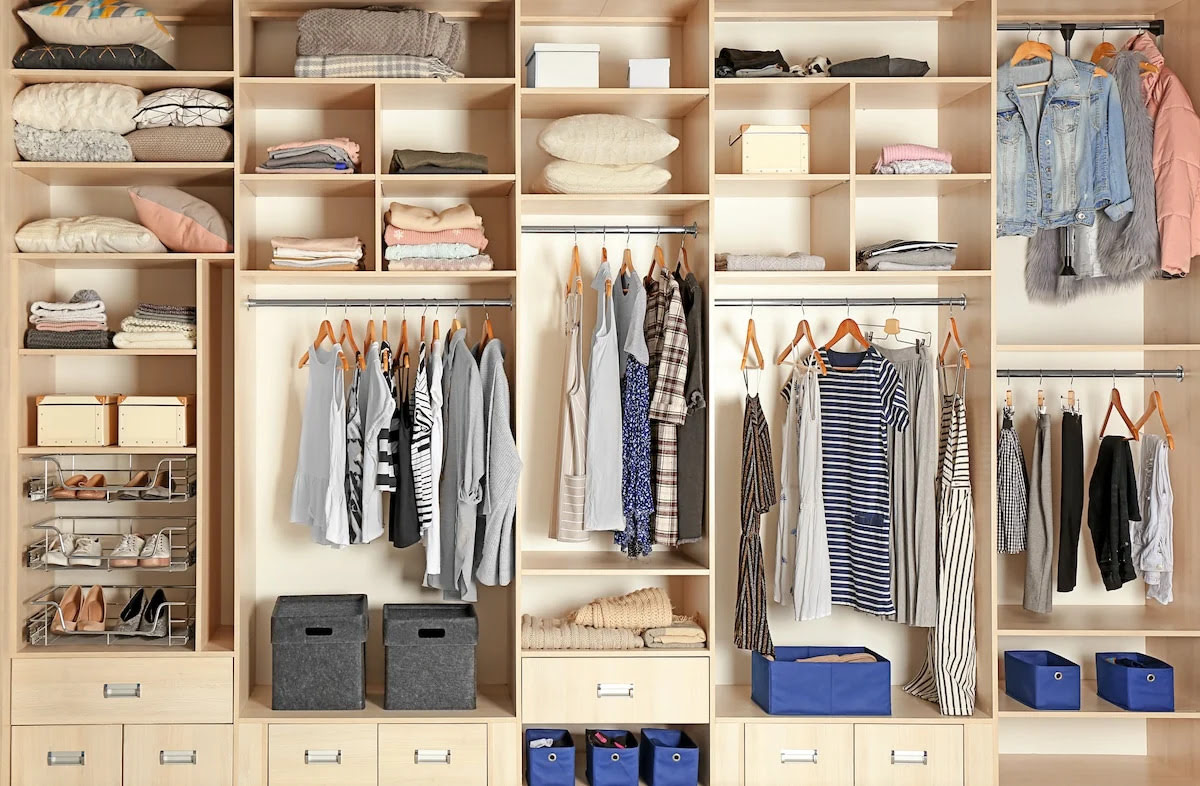
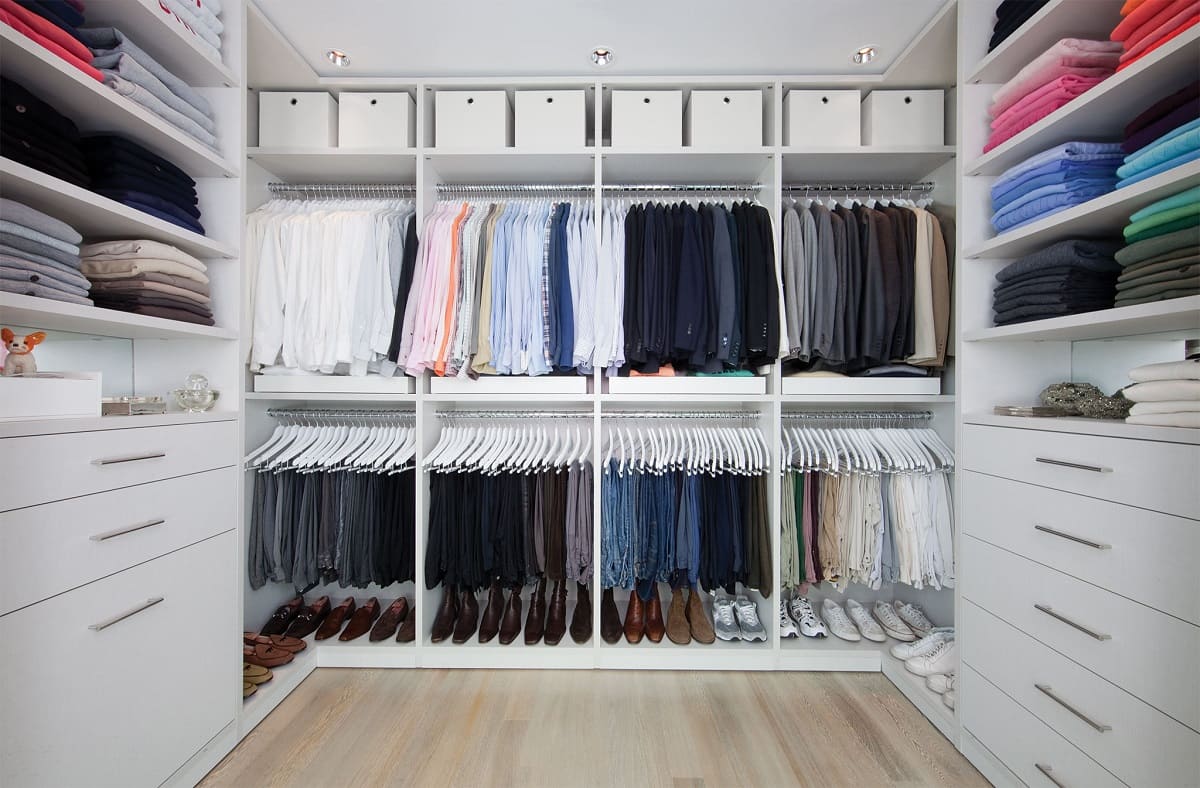
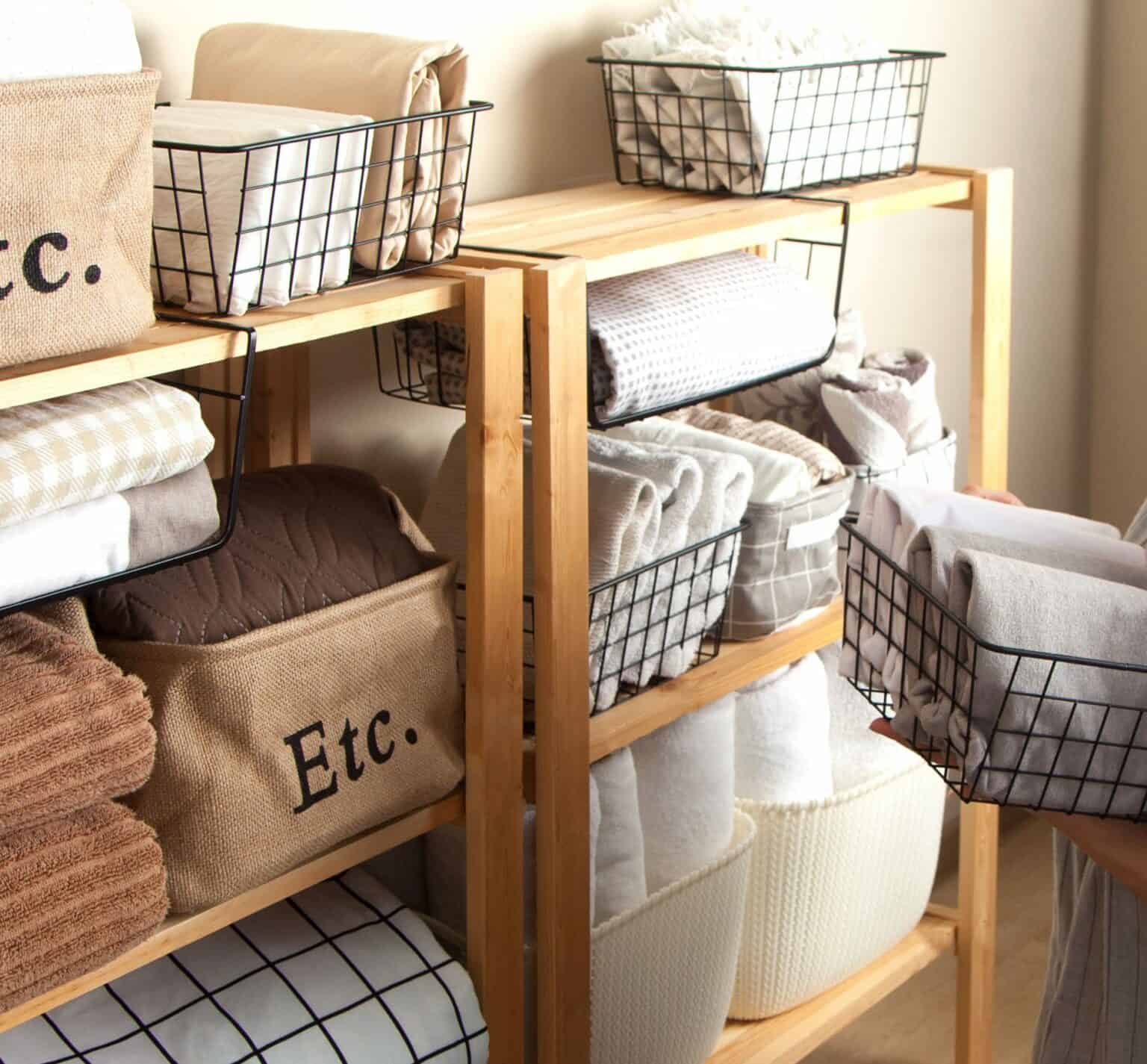
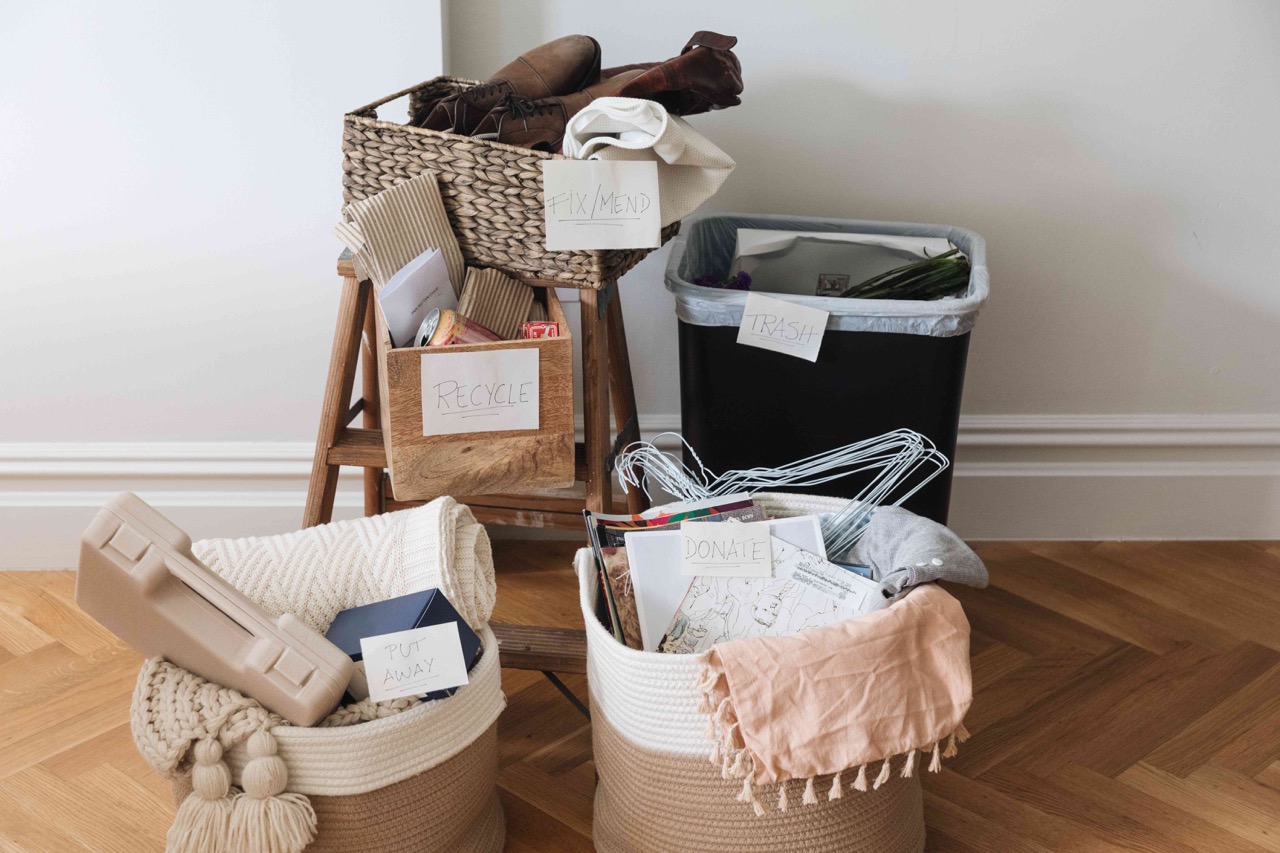
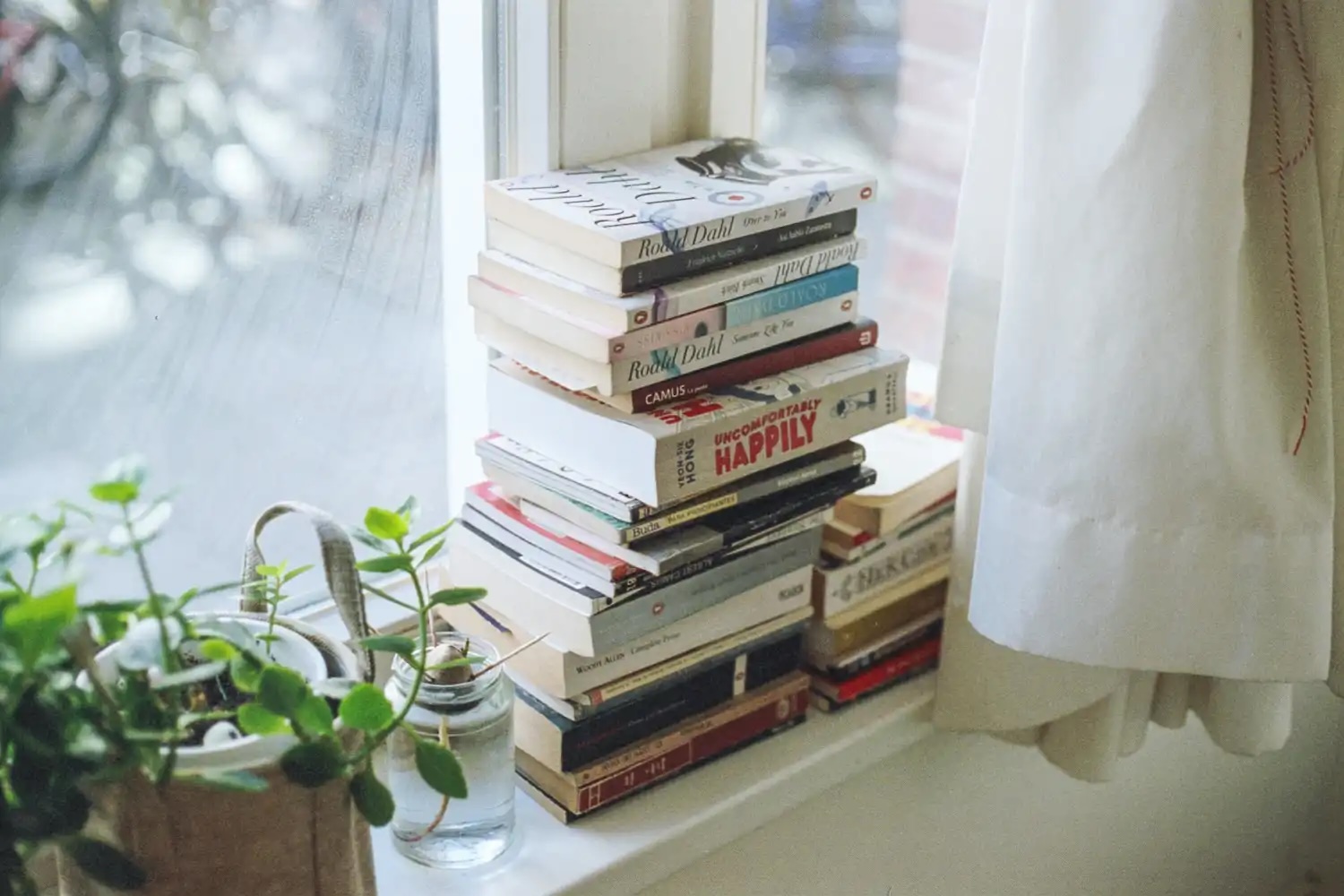

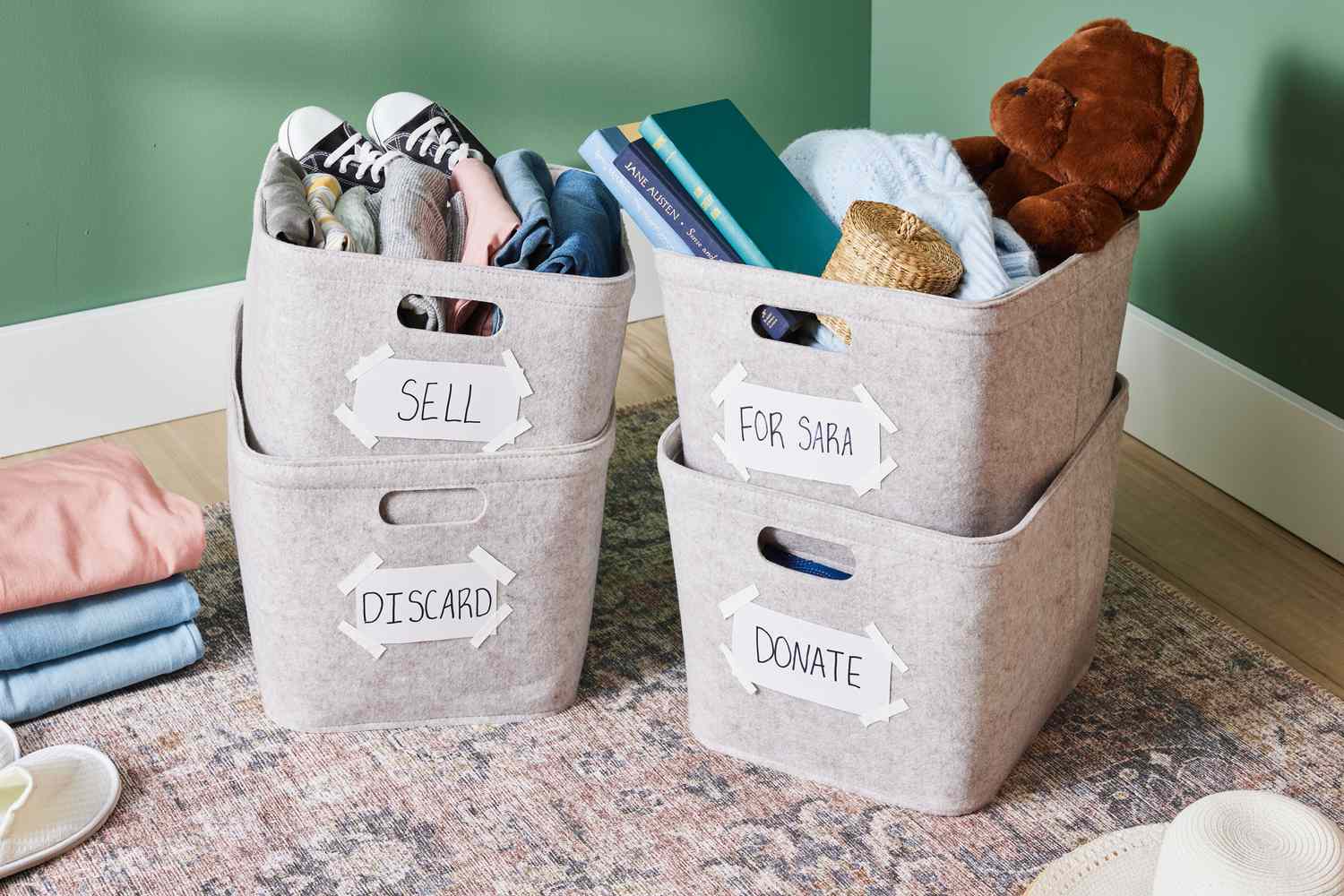
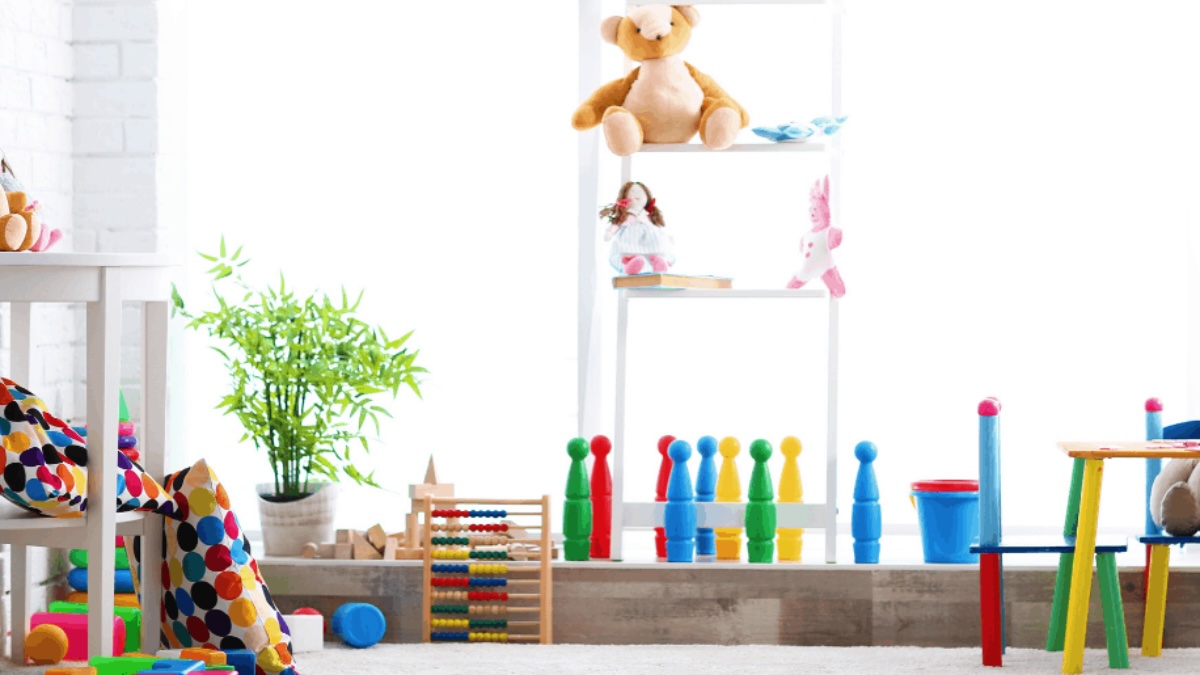


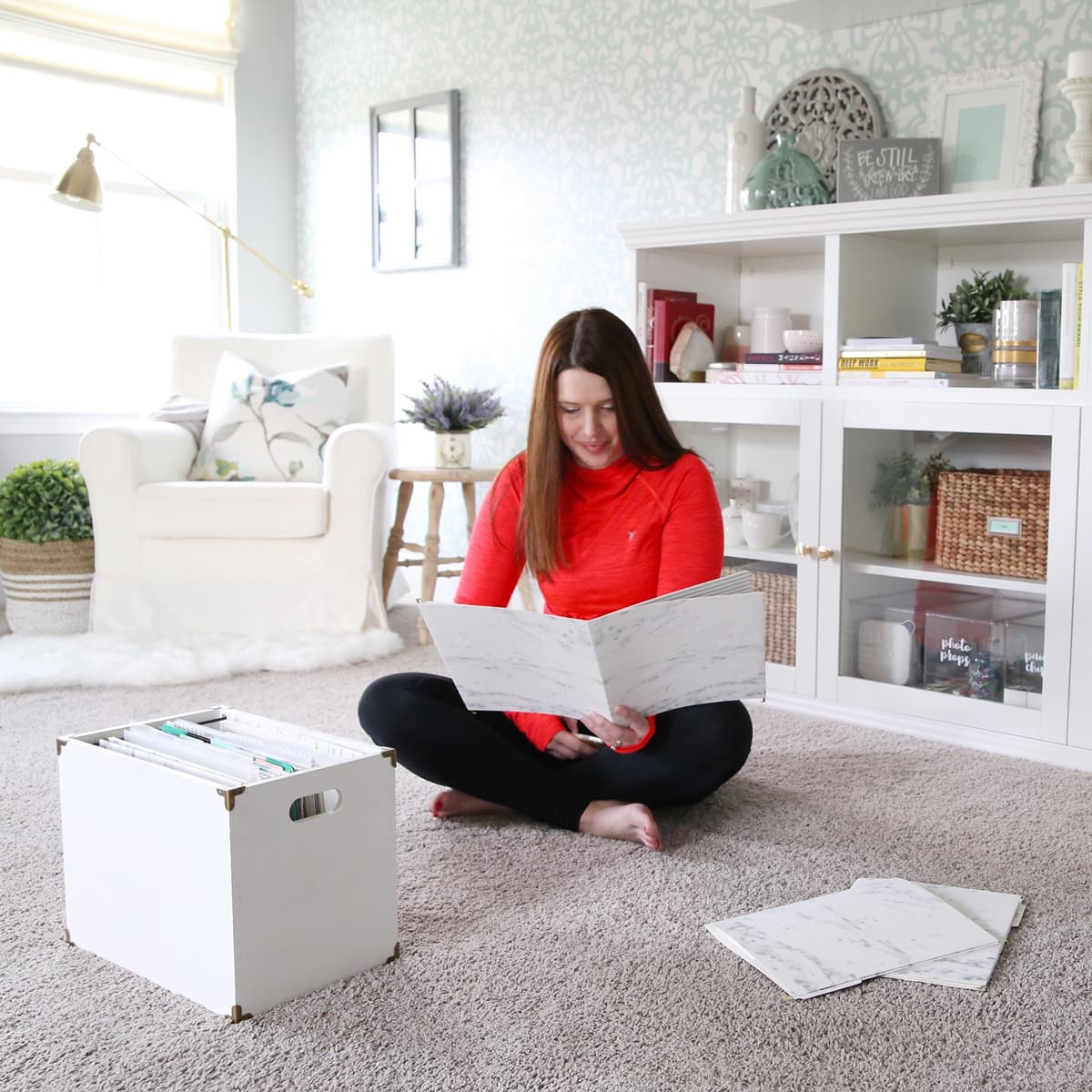
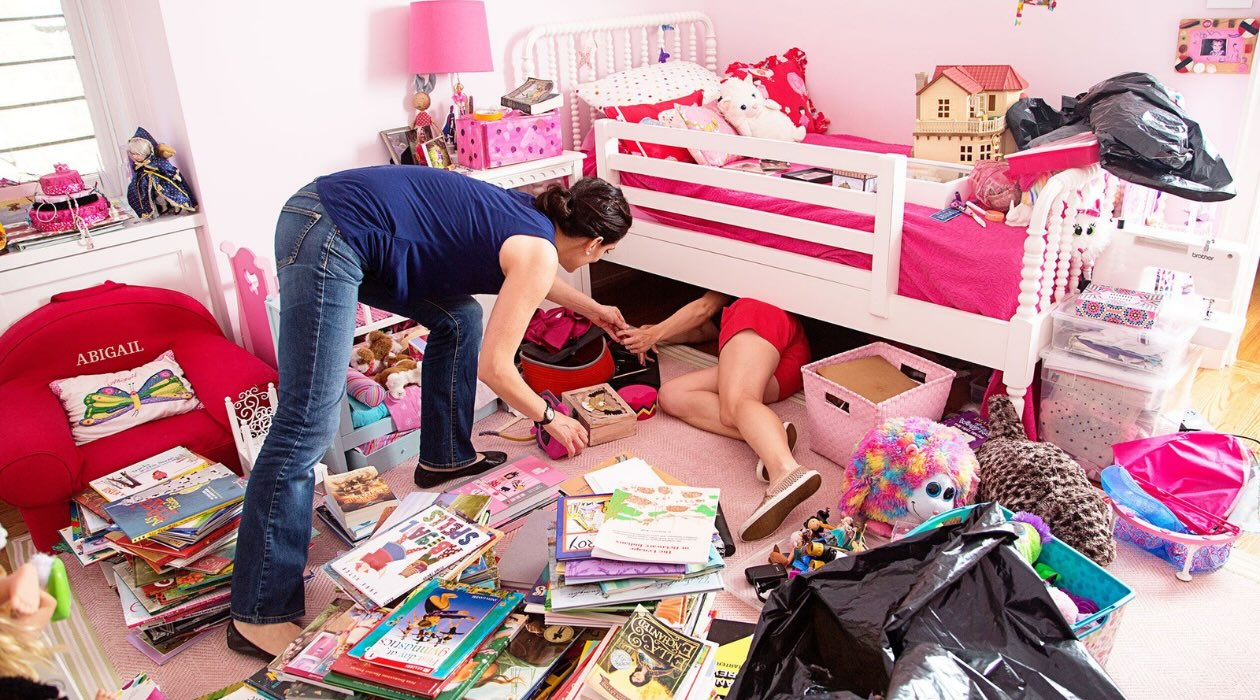
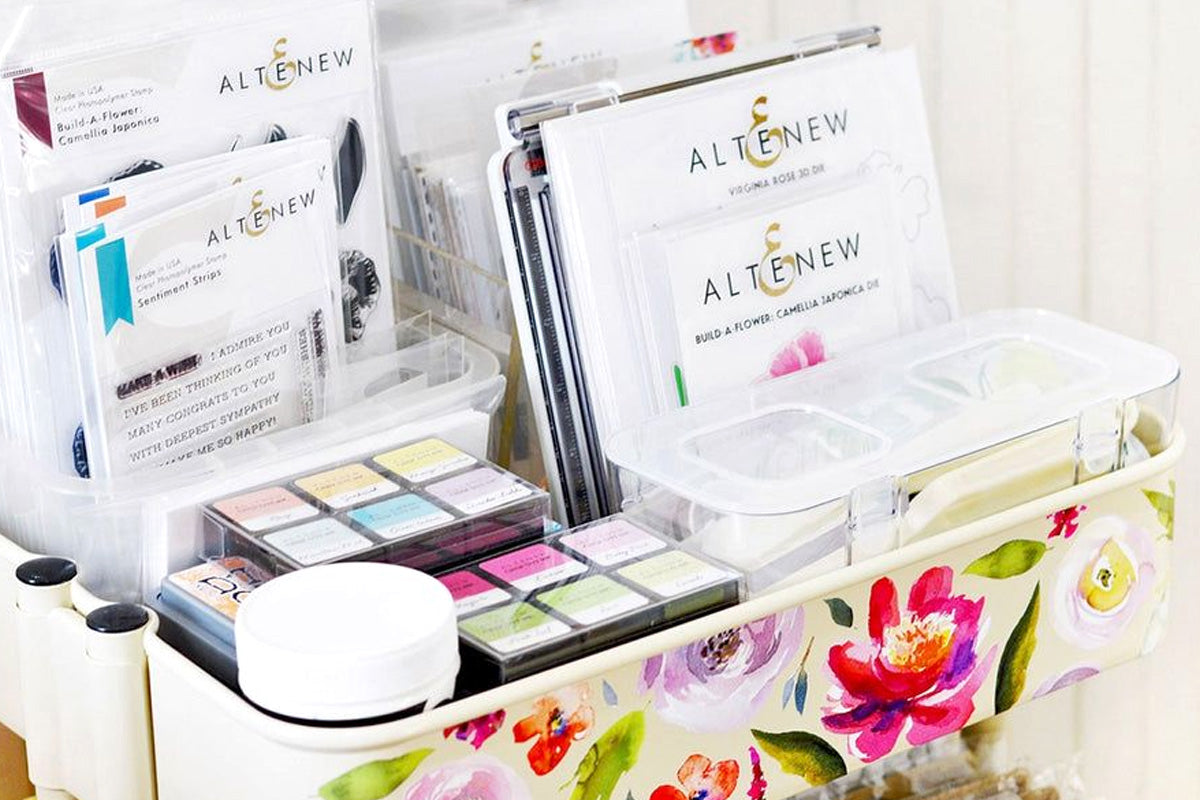
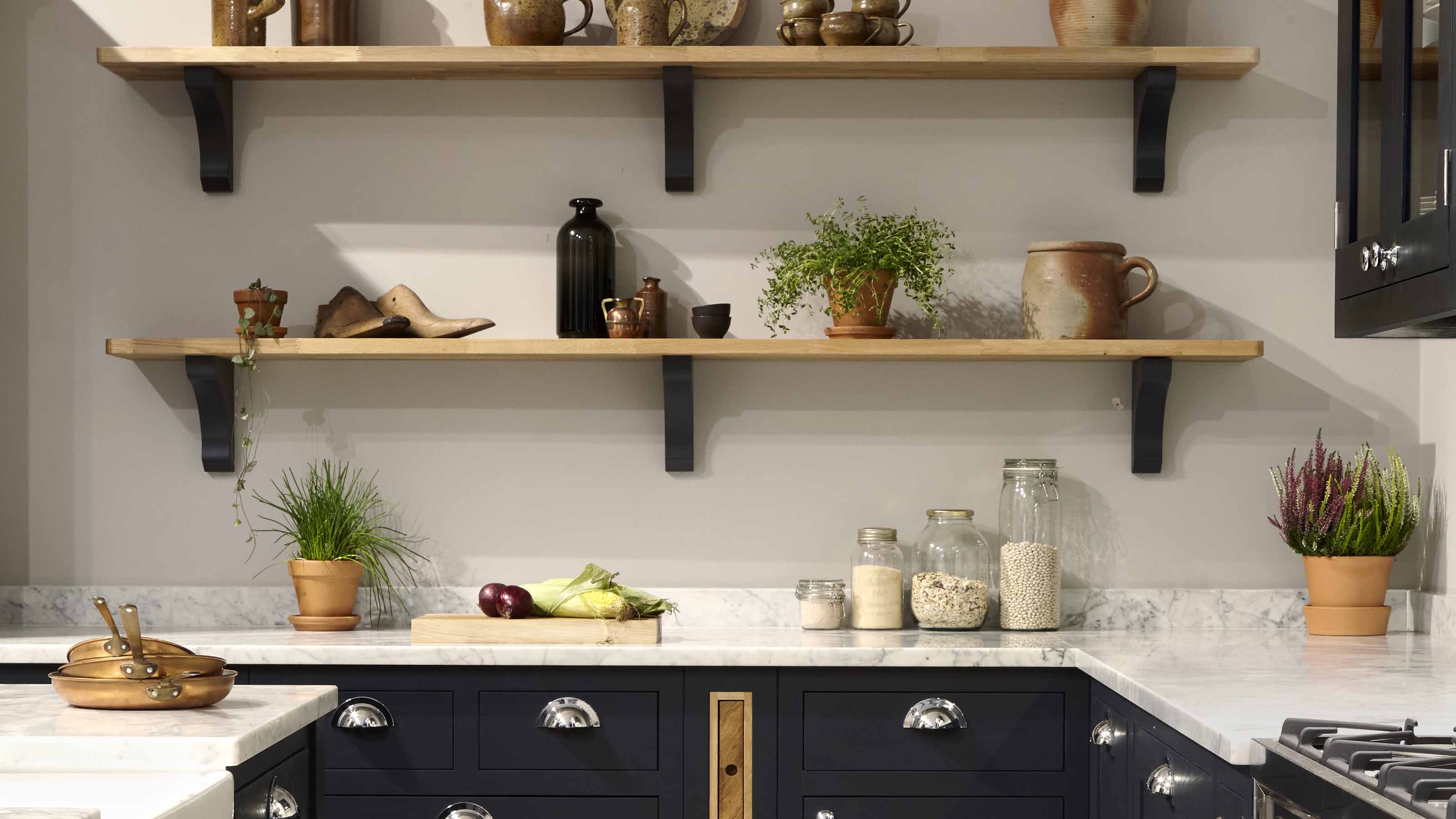

0 thoughts on “How To Declutter Closet”